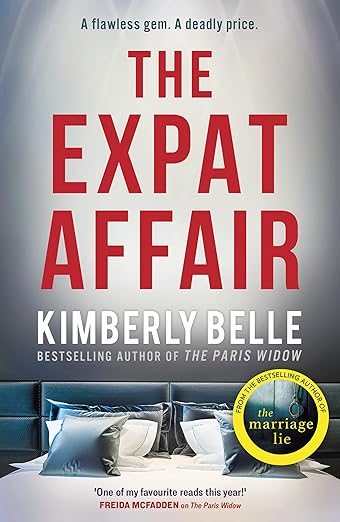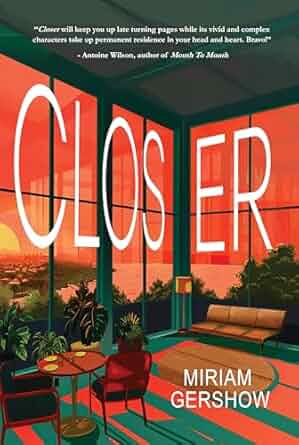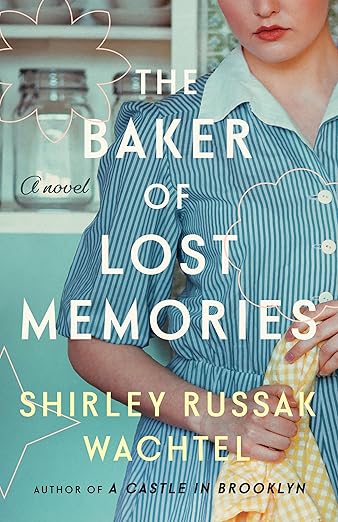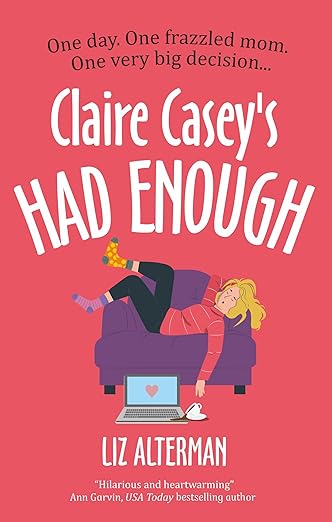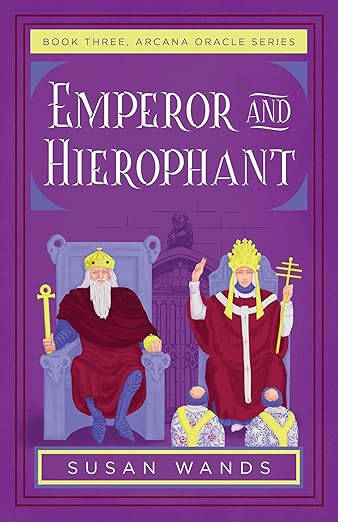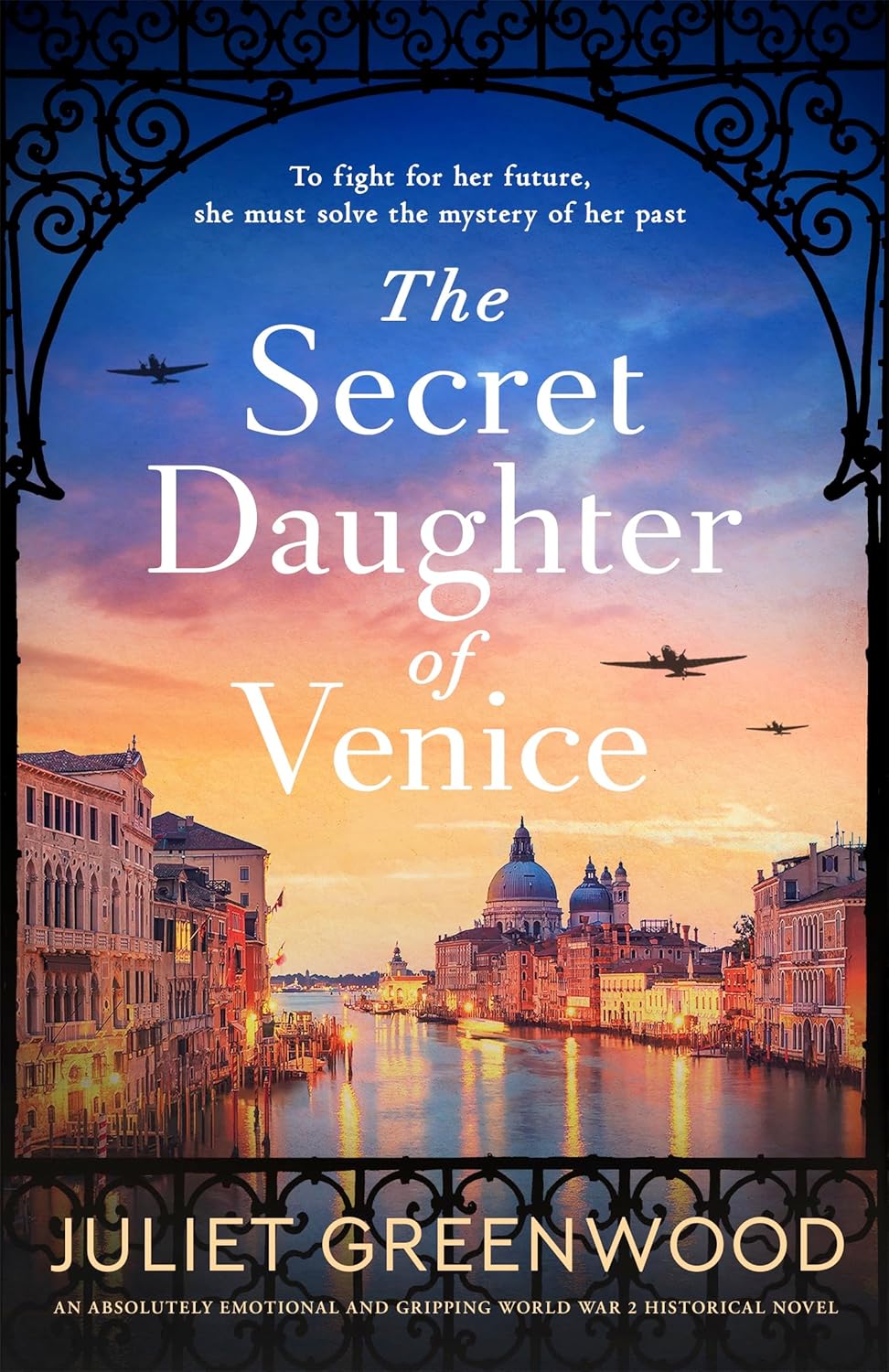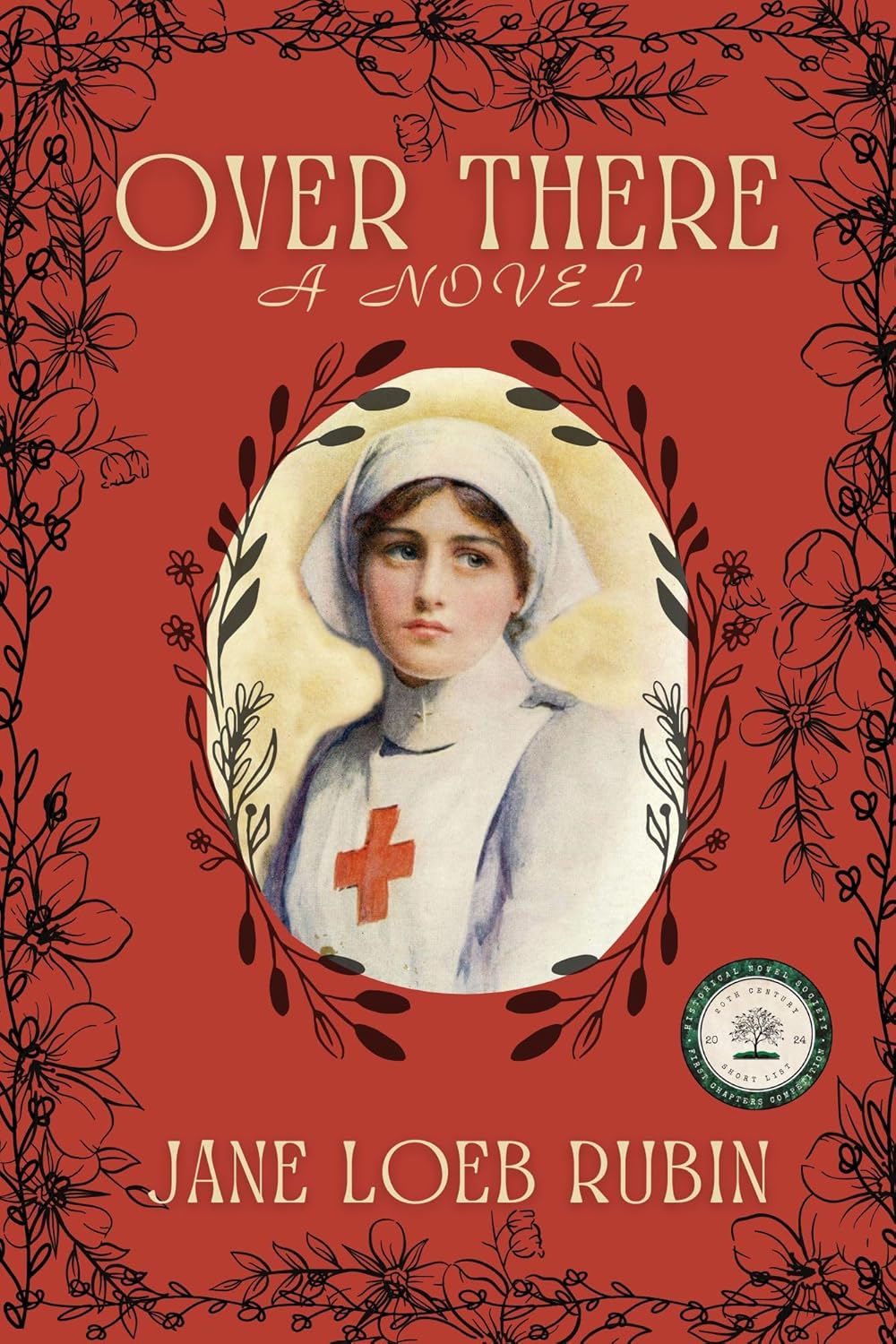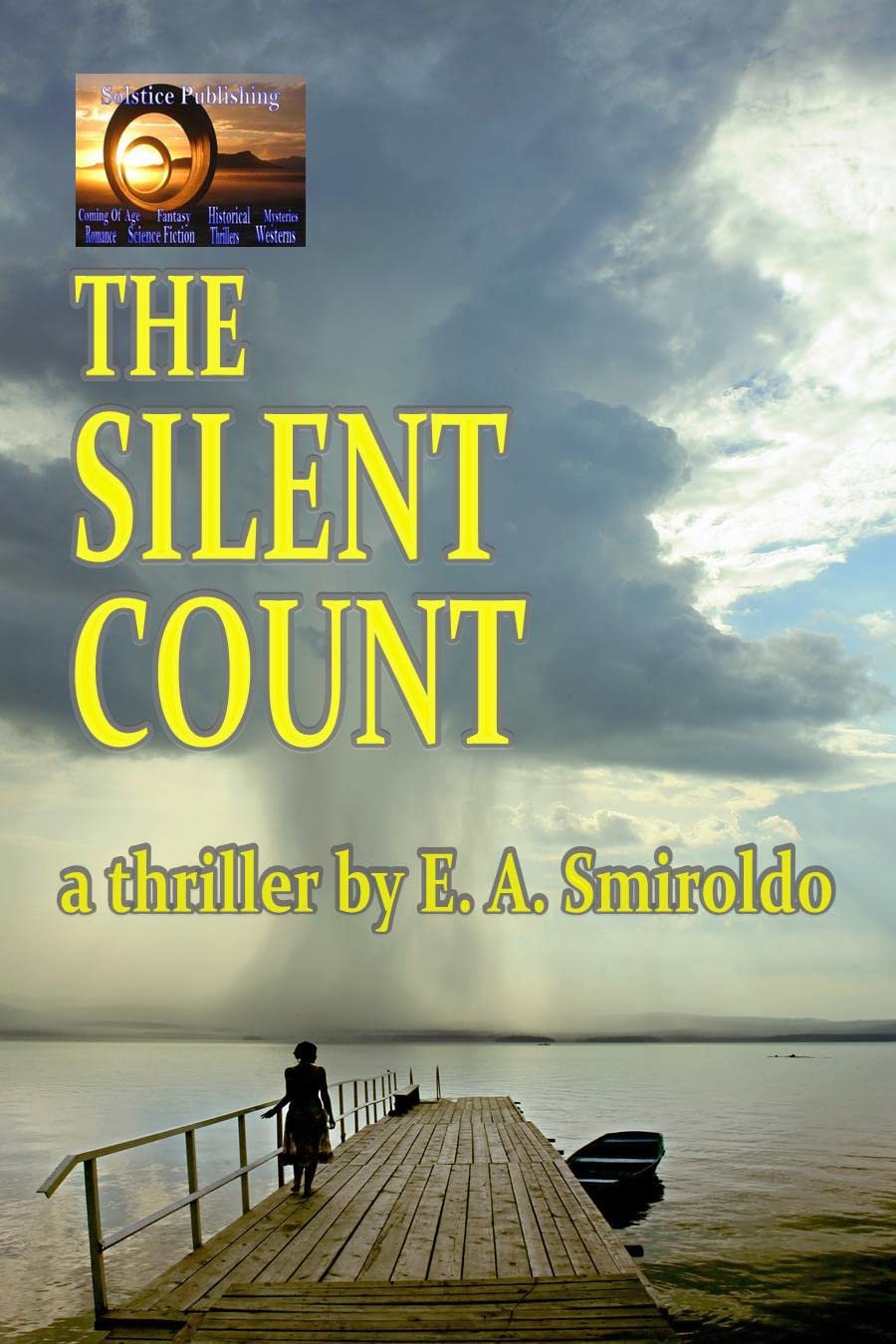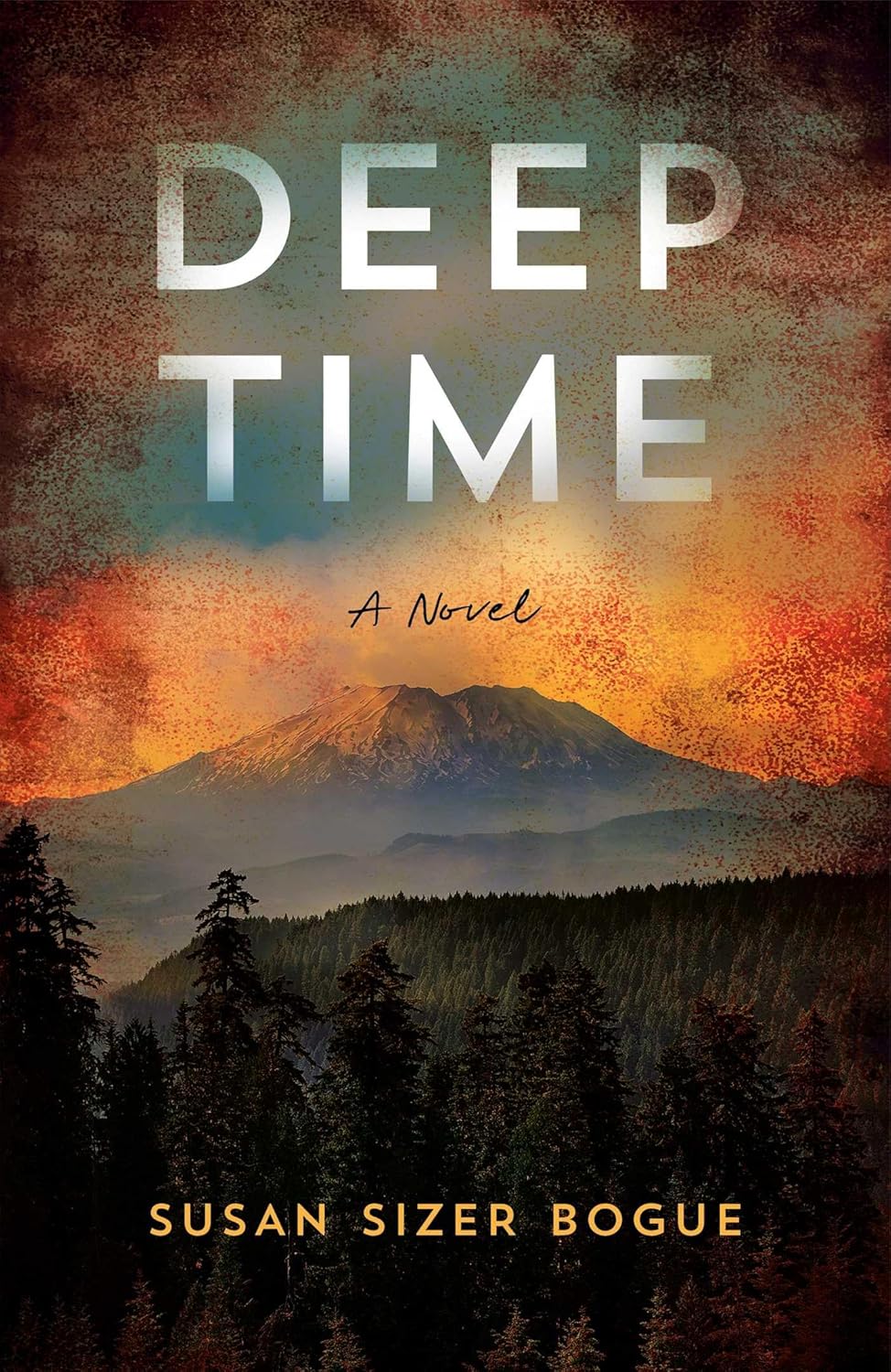On Writing Energetic Anatomy Made Easy
My story begins at my first yoga teacher training in 2004. We (the trainees) sat on the floor in a circle with our eyes closed, our spines upright, and our question for that day’s meditation written in front of us. Our guide asked us to focus on our breath. A few minutes later we were then instructed to ask each of our chakras for its insights into our question. Our chakras have evolved throughout time. The chakras were traditionally important focal points along the midline of our bodies for meditation. Today however, the chakras are associated with specific wisdoms and energy. Each chakra I learnt that day had its own perspective about my question.
That was my first experience using chakra wisdom or chakra psychology. It was profound for me. My earlier experiences with the chakras being limited to viewing illustrations in text and chanting mantras such as lam, ram and ham. Mantras that at that time resonated little with my human experience in a Black protestant Caribbean family.
Asking my chakras that day to inform my consciousness however, internalized these structures of energy in both my body and mind. The experience ignited within me a spark to know more. So, I studied, I read, and I sought through the practice of yoga poses and meditation a deeper understanding. Through stillness and curiosity, I began to feel them, see them and understand them. As my love for yoga grew it opened a door into energetic practices that would eventually lead to an acupuncture career. This immersion into ancient energetic wisdoms would later lead to the writing of Energetic Anatomy Made Easy: Create Better Health Through an Understanding of Your Chakras and Meridians.
Traditional Chinese Medicine teaches light is yang and darkness is yin. To be fast is yang and to be slow is yin. Fire is yang and water is yin. Each organ in the body has a yin and a yang aspect. How does Traditional Chinese Medicine and its philosophy compare to the world of yoga, western yoga in particular? Do these systems share any similarities, I sometimes thought to myself? Do they add validity to each other; or should they just be viewed separately? I never found it necessary to compare the energetic anatomy of yoga and the energetic anatomy deeply engrained in the world of acupuncture. For me each held its own merit and brought healing. Yet little pockets of similarity surprised and delighted me. These slivers of similarity cemented in my mind the existence of an energetic anatomy western medicine neither sees nor can measure. Intrinsically I understood the value both therapies offer to the modern world. Would a simple comparison between these modalities offer novel approaches to self-care? Would a comparison bring value to a modern world that knows little of the benefits of Traditional Chinese Medicine? In my heart the answer was yes. At that time, I had found only one other writing that compared yoga and Traditional Chinese Medicine. It was time I thought for the world to have another.
So, as I sat looking through the windows of my apartment during a Covid lock-down I decided to write. I needed Energetic Anatomy Made Easy to be a simple healthcare manual. Nothing fancy, nothing esoteric, nothing over the top of the head of the merely curious. Simplicity and practicality were vital. This healthcare manual based on the wisdoms of Chinese Medicine and western chakra psychology had to be easy to read, with easy to do practices. Practices that hopefully built within the reader an awareness and understanding of aspects of themselves perhaps they knew or understood very little of before. Energetic Anatomy Made Easy was written so its readers would have access to knowledge and practices to improve physical and psychological health.
Each chapter of the book I structured around a specific chakra, adding the associated organs and meridians (energy pathways) from Chinese Medicine that I found most similar. There are life themes, affirmations, yoga sequences, recipes, hand mudras and other activities in the manual. Feeding the energy centers is fun, yet the recipes in the book were the most difficult for me to write- because I am the type of cook that finds it difficult to follow a recipe loyally. The yoga sequences and yoga themes however were a complete joy to design. Teaching yoga is a passion of mine. Creating simple yoga sequences for folks regardless of level of experience; folks short on time, busy with families, work and modern life, yet folks who want a deeper understanding of the world of energy healing, will always be a pleasure and an honor.
Namaste.
—
Laurel Stuart is a licensed acupuncturist, massage therapist and yoga therapist. She has practiced acupuncture for more than ten years and taught yoga for over 15 years. Laurel is a naturalized Canadian. Originally from the beautiful Caribbean island of Barbados, she now lives and works in Canada, where she owns a small acupuncture and massage clinic.
Laurel‘s quest for better health began at an early age. She started to explore yoga as a tool for longevity and vitality in her late teens. In 2006, she opened one of the first yoga studios in Barbados. Today she is the founder of Vibrational Yin- a form of yin yoga that incorporates the stimulation of acupoints primarily using sound. Find Laurel online at www.dracumassage.com where she teaches both yin and yang yoga classes.
Today, you can find Laurel either at her clinic in Calgary, Alberta or online teaching yoga at dr.acumassage.com
When not at her clinic or teaching yoga online, she can be found dancing, enjoying the company of loved ones and creating works of art.
Energetic Anatomy Made Easy
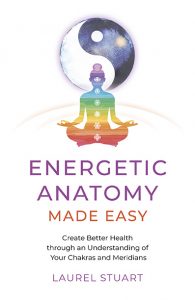 How do the chakras and meridians relate? How can learning about the chakras and the meridians improve physical, emotional and mental health? Energetic Anatomy Made Easy compares and combines the wisdoms of the chakras and traditional Chinese medicine. It is an instructional book containing simple yet profound practices that make insight into the chakras and the meridians easy.
How do the chakras and meridians relate? How can learning about the chakras and the meridians improve physical, emotional and mental health? Energetic Anatomy Made Easy compares and combines the wisdoms of the chakras and traditional Chinese medicine. It is an instructional book containing simple yet profound practices that make insight into the chakras and the meridians easy.
BUY HERE
Category: On Writing




